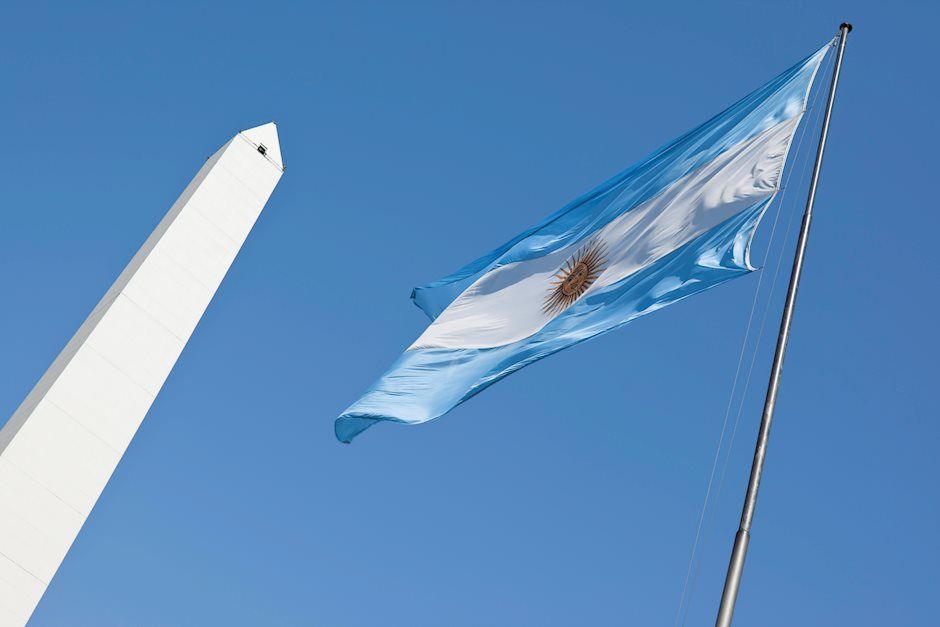USD/ARS: The curious case of the Argentine Peso

The Argentine Peso has lost 71% of its value against the US Dollar in the past two years. At the end of September 2019, the US Dollar / Argentine Peso (USDARS) closed at a trading price of 57.54. As we close in on the back of September 2021, the official exchange rate is now approximately 98.5 Argentine Peso per USD.
Several factors have contributed to the Peso devaluation. Argentina’s inflation rate is no doubt the primary factor. As of August 2021, consumer prices in the country have jumped 51.4% on a yearly basis. In comparison, the USD has inflated 51.6% over the past twenty years (representing a 2.11% average annual inflation rate).
Tracking The ARS’s Weekly Movements
The tight, almost indecision-less rise of the weekly candles are a suspicious feature of the USDARS chart. It suggests that maybe unnatural market forces are controlling the ARS's depreciation. It just so happens, the Central Bank of Argentina, The Banco Central de la República Argentina does manipulate the value of the ARS, directly buying and selling Peso's on the open market to help stabilise the national currency.
The Argentinian Government also has a hand in protecting the value of the ARS. For instance, it is illegal for exporters to conduct transactions in a currency other than the ARS. Similarly, reminiscent of 1970's style foreign exchange, special permission must be sought to sell pesos for foreign currency by individuals and firms in the country.
What Is The True Value Of The ARS?
To figure this out, we can consult the black market value of the Argentine Peso, the unofficial value that is beyond the control of the Banco Central de la República Argentina. As of September 2021, one USD is traded for ~190 ARS on the black market, representing a true value that is ~52% weaker than the official exchange rate. Effectively, the Argentines peso’s true market-value is half that of the official rate.
Investigating The June 2021 Anomaly In The USDARS

A peculiar anomaly appears in the USDARS chart. It stands in stark contrast to the indecision-less candles of the many weeks before and after. A better view of this anomaly is seen in the daily charts as this anomaly occurred on one day.
On June 30, 2021, A flash crash in the USDARS saw the pair briefly trade at a low of 91.73, equalling a -4% drop from the open price of the USD. However, the pair eventually settled 0.21% higher by the end of the trading day. The Argentine Peso was only granted a short spell of good fortune.
The crash in the USDARS happened around the time of two pivotal economic events for the ARS. The first is the agreement the Argentine Government reached with the Paris Club to defer repayment of US $2 billion debt until March 2022. The deferment shored up Argentina to tackle a US $45 billion debt with a larger creditor, the IMF. The second major economic event concerning Argentina is the ending of a self-imposed full-ban on beef exports, which happens to be the country's most significant export. While a partial ban continues, the Government relaxed restrictions to China and Israel, close to the time of the crash, to maintain an amicable trade relationship with two of its largest beef buyers.
Please note, BlackBull Markets does not offer the Argentine Peso as a tradable instrument. As indicated in the article, the currency’s ‘official’ exchange rate is controlled by the Banco Central de la República Argentina. Thus, the Argentine Peso is too high a risk of a tradable instrument. A South American currency that BlackBull Markets does offer as a tradable instrument, is the Mexican Peso
Author

Mark O’Donnell
Blackbull Markets Limited
Mark O’Donnell is a Research Analyst with BlackBull Markets in Auckland, New Zealand.



















